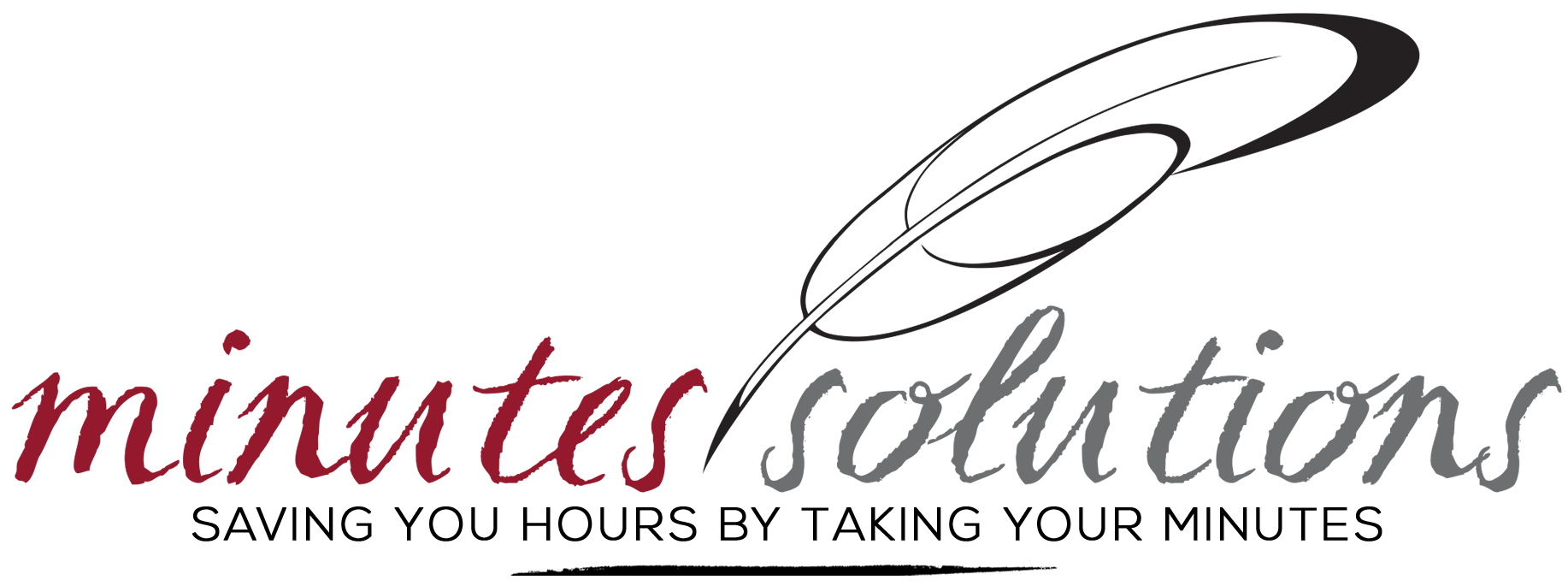In today’s digital era, technology has revolutionized how businesses operate, streamlining processes and increasing efficiency. Professional services across various industries have embraced automation, artificial intelligence, and cutting-edge tools to optimize their operations. Among these services, minute taking, which involves documenting critical meetings and discussions, has also witnessed technological advancements. While technology has made minute taking faster and more accurate, the question arises: does the human touch still matter in this age of automation?
In this blog post, we will explore the essential role of the human touch in minute taking and why organizations should value the unique contributions of human minute takers. There is no doubt that minute taking is part science and part art, but what portion of this does the human touch play? We will delve into the irreplaceable aspects that human involvement brings to this indispensable practice, paving the way for deeper understanding and personalized approaches.
1. Understanding Context and Nuances
Minute taking is not merely about recording words spoken during meetings. A human minute taker brings a unique ability to comprehend the context, identify essential points, and capture the subtle nuances that technology might overlook. By understanding the flow of discussions, emotions, and non-verbal cues, human minute takers can provide more comprehensive and accurate meeting minutes that capture the true essence of the gathering.
2. Customization for Client Needs
Every client and organization is different, with varying preferences for formatting, content, and level of detail in their meeting minutes. Human minute takers excel in tailoring their approach to meet these unique client needs. They can adapt their writing style, prioritize specific points of interest, and ensure the final minutes align precisely with the client’s requirements, fostering a deeper sense of collaboration and satisfaction.
3. Real-Time Adaptability
During fast-paced meetings or complex discussions, the ability to adapt in real-time is crucial. Human minute takers can promptly adjust their note-taking methods based on the meeting’s pace and intensity, ensuring no crucial information is missed. This adaptability is invaluable in capturing accurate and relevant data that could be easily overlooked by automated systems.
4. Quality Assurance and Expertise
While technology can assist in data processing and organization, it still requires human oversight to ensure accuracy and quality in the final deliverables. Human minute takers possess expertise in proofreading, fact-checking, and fine-tuning meeting minutes to meet the highest standards of professionalism.
Conclusion
The human touch remains an indispensable aspect of minute taking, even in the age of technology. While automation and AI offer incredible speed and efficiency, they cannot replicate the deep understanding, customization, adaptability, and empathy that human minute takers bring to the table. The synergy of technology and the human touch creates a powerful partnership that elevates the quality of minute taking and enhances the overall experience and quality of work. In professional services, where client satisfaction and trust are paramount, embracing both technology and human expertise in minute taking ensures a winning combination.



